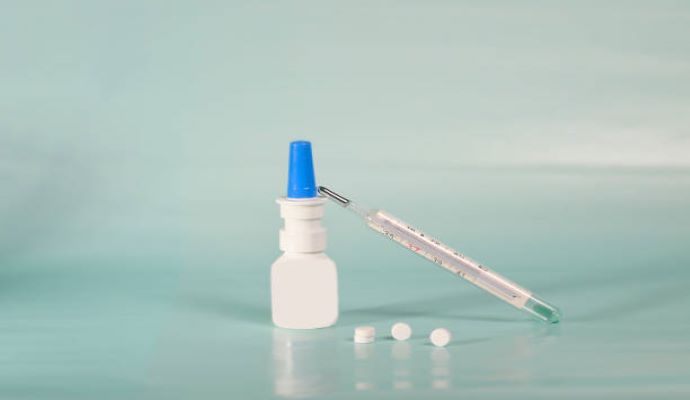Orexo Pharmaceuticals Announces Nasal Adrenaline Clinical Development
A recent press release from Orexo Pharmaceuticals announced their plans to begin clinical development on a nasal adrenaline rescue medication.

- On July 5, 2022, Orexo Pharmaceuticals announced plans to begin clinical development of a nasal adrenaline rescue medication. This study, called OX640-001, is looking at OX640, which is a nasal adrenaline rescue medication.
Adrenaline — medically referred to as epinephrine or epi — is both naturally occurring in the body and manufactured for use as a medication. The Cleveland Clinic states that adrenaline can function as a hormone or a neurotransmitter and plays a critical role in the body’s fight-or-flight response.
According to a publication in the National Library of Medicine, epinephrine is “FDA-approved for various situations, including emergency treatment of type 1 hypersensitivity reactions, including anaphylaxis, induction, and maintenance of mydriasis during intraocular surgeries and hypotension due to septic shock.”
The statement by Orexo pharmaceuticals identifies anaphylaxis as the most common use for epinephrine. Anaphylaxis, or allergic reactions, are characterized by shortness of breath, hives, difficulty swallowing, chest tightness, low blood pressure, and many other symptoms, as mentioned by the Cleveland Clinic.
Although research shows that approximately 1 in 50 people experience anaphylaxis each year, clinicians suspect the number is actually closer to 1 in 20.
The most common treatment for anaphylaxis is epinephrine delivered via an intramuscular autoinjector.
The Orexo press release includes a critique of the traditional auto-injectors saying, “since adrenaline is a very sensitive active ingredient that easily undergoes degradation, currently marketed injection products all contain antioxidant chemical additives to help reduce degradation. Despite these additives, and that these products require strictly controlled handling and storage, they still suffer from having limited shelf-life.”
The Australian Society of Clinical Immunology and Allergy’s guidelines state that autoinjectors must be stored in a dark place with temperatures between 15 and 25°C. Additionally, the devices typically expire within 18 months.
These limitations are what Orexo hopes to eliminate with the creation of OX640. The statement remarks that, throughout its development, OX640 has proven to be more stable and resistant to temperature change and has an extended expiration date when compared to the traditional autoinjectors.
“In the development of our rescue medication for overdoses, OX124, the aim was to develop a medicine that is not only faster than the existing alternatives but also more powerful and with longer duration,” states Nikolaj Sørensen, President and CEO at Orexo, in the report.
The marketed traits of the nasal adrenaline rescue medication may make it more appealing to physicians, patients, and other care team members. Despite the anticipated benefits, researchers must follow through with the clinical trial and provide data and statistics to back their claims.
